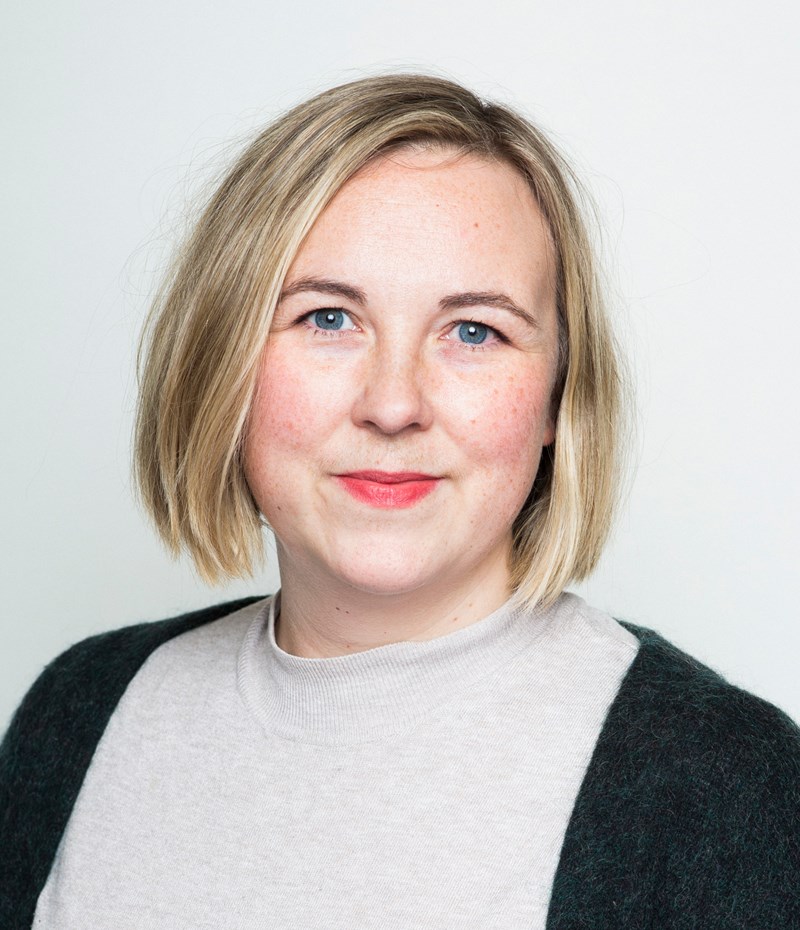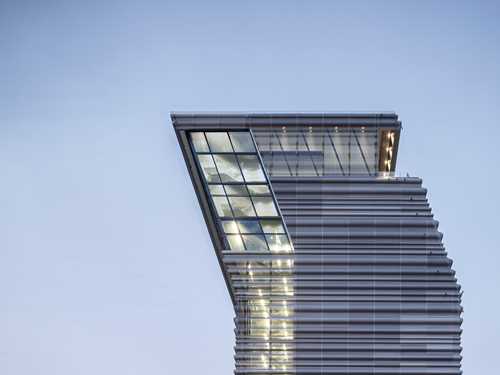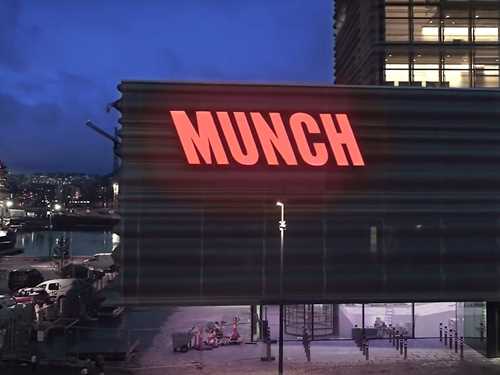Talking about art together
In our exhibition series, SOLO OSLO, we explore how to make contemporary art accessible to more people. In the following paragraphs, Tove Aadland Sørvåg, who is mentoring the gallery educators for this series, writes about Ifrah Osman's project.

Photo: Spindel Film / © MUNCH
Elderly people with a diaspora background are a frequently overlooked audience sector in Norwegian art institutions. Art educator Ifrah Osman wants to highlight this issue in her interpretation project for SOLO OSLO. She hopes to appeal to the parents of adults who work or have an interest in the world of arts and culture.
As inspiration for the project, Osman has partly drawn on her own experiences. She has sometimes found it hard explaining to her own mother what working in the art world actually involves; the right words are often lacking in her native Somali language. From talking with friends and colleagues of the same age, it is clear that others have had the same problem. Something is lost in the translation between the mother tongue and Norwegian.
Many Norwegian institutions have written statements like this in programme listings, vision documents and mission statements: ‘We want to make art accessible for many’.
What Osman clearly shows in her project is the value and effect of a multilingual approach. Keeping her own experiences in the back of her mind, Osman has developed a series of guided tours at MUNCH in which native languages are used to explain the artworks. The goal is to bring parents and their grown-up offspring together in conversations about art and exhibitions.
To do this, Osman engaged three interpreters who scripted and presented the various guided tours. The languages used in these presentations are Urdu, Somali and Persian, three of the most commonly spoken languages among Oslo’s multi-ethnic minorities.
It quickly became clear that these interpretations would form the backbone of this education project. It was important that they should not be the kind of conventional interpretations which the parents were used to hearing from public departments. Osman wanted to work with engaged people, with personal experience of culture and the language they would use, and who themselves had a particular interest in and curiosity about art.

The three interpreters – or translators, as Osman also calls them – were invited to several text and scriptwriting workshops. Together with Osman and other MUNCH employees, they discussed and explored what form the tours should take, how best to invite the parents and their children, and what the end result of the tours should be. One common goal has been to find out how to make the parental generation feel included in the art world. The interpreters used their own cultures and experiences in the development of their scripts, and were responsible for assembling the different guided-tour groups. This, I think, has been one of the most important success criteria of Osman’s project. We must recognise that inviting new visitor groups demands specific skills. The effort put into this has been one of the most important measures of success in Osman’s project.
In a recent trainee project aiming to increase staff diversity, Norwegian national broadcaster NRK clearly defines diversity skills. It involves having a different perspective on Norwegian society; having a wider network than the one normally found at NRK, and being able to speak multiple languages.
The interpreters Osman invited for this project do have such diversity skills. They share many of the same reference points as the adult children and the parents. They have not only mastered the language, but also understand the culture the language comes from. They are familiar with an art world that can come across as alienating and inaccessible. In the museums of the future, we will need more in-house diversity skills, and a wide range of voices and experiences.
Over the spring and summer of 2024, the three interpreters have held several tours and discussions with their different groups. They have visited the Edvard Munch exhibitions at MUNCH, as well as other exhibition spaces such as Inter Kulturelt museum. The tours have been filled with exploratory shared conversations. The interpreters, who do not necessarily come from a traditional art history background, have led the discussions, but it has been a communal project. They have brought different generations together, in their native languages, and talked about art.
All the SOLO OSLO series’s education projects have something exploratory and experimental about them. With an express aim to open up the art space for more people, we are testing different methods and approaches. The hypothesis in Osman’s project has been that using one’s mother tongue adds genuine value and relevance to the art encounter. It has also been very clear that the different languages contain their own phrases, subtleties and meanings which open up the art in new ways.
If museums and art institutions become better at using even more languages in their communication, we will end up with a richer and more nuanced introduction to the art. It is not just about making information available; it is about talking about art together. My big challenge to our colleagues is this: invest in diversity skills, dive deep into different languages and play around with them. By listening to multiple perspectives and opinions, we will end up with an enriched reading of art. In this way, we will be able to appeal to even more visitors, and give them valuable introductions to our exhibitions.





